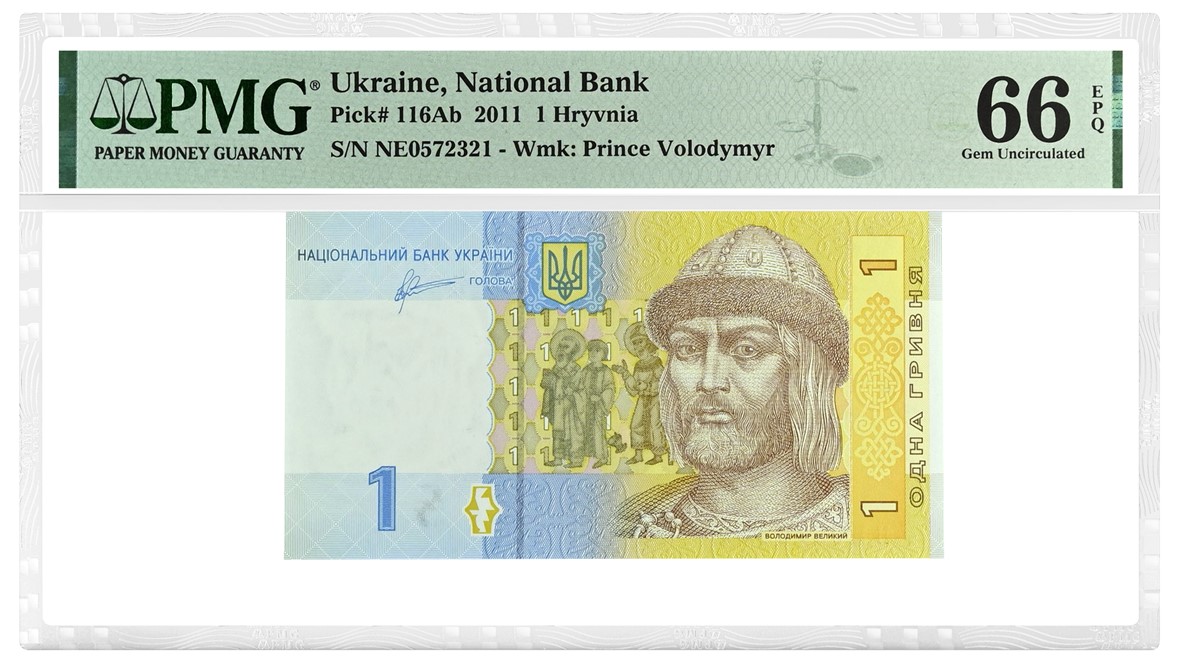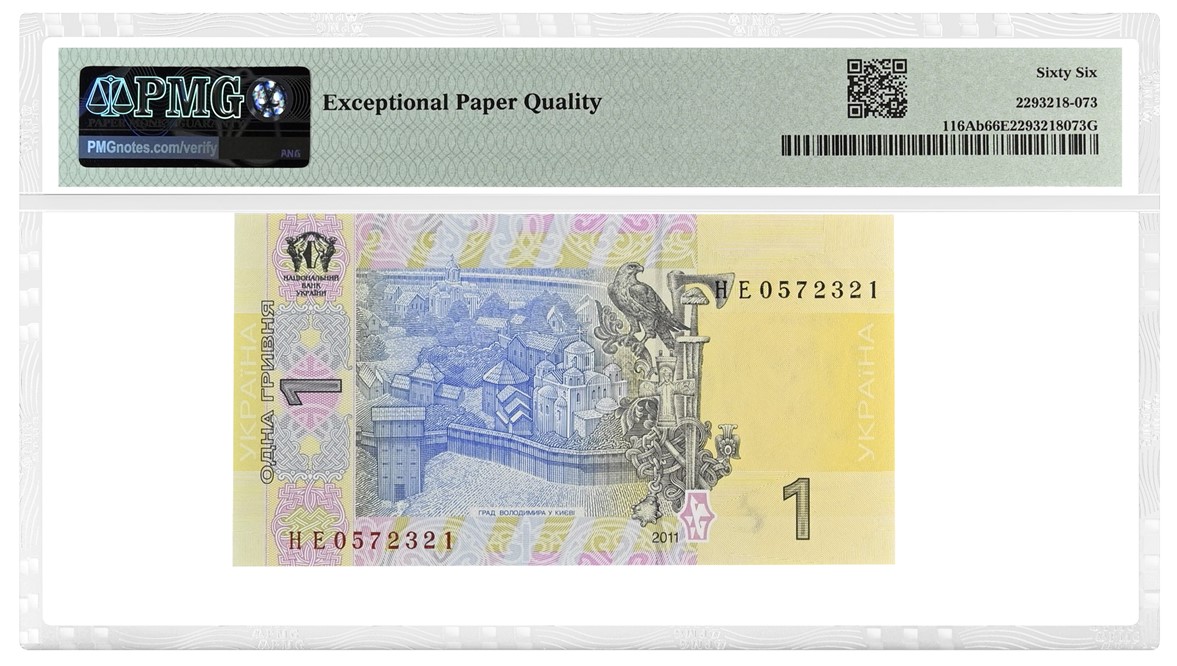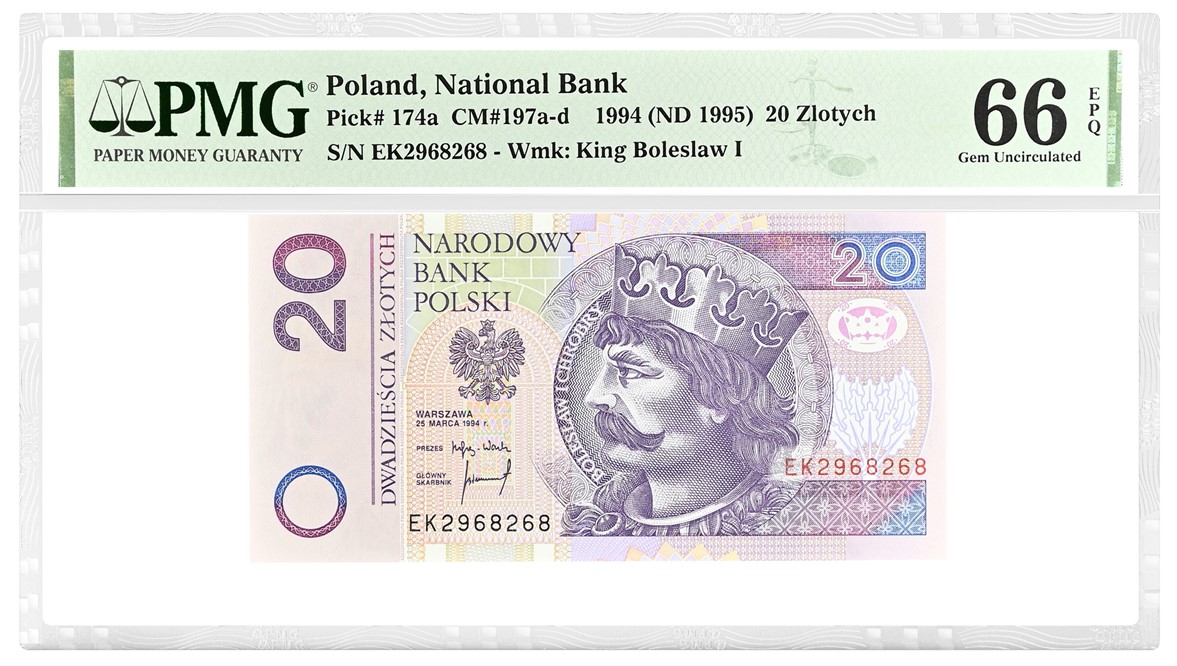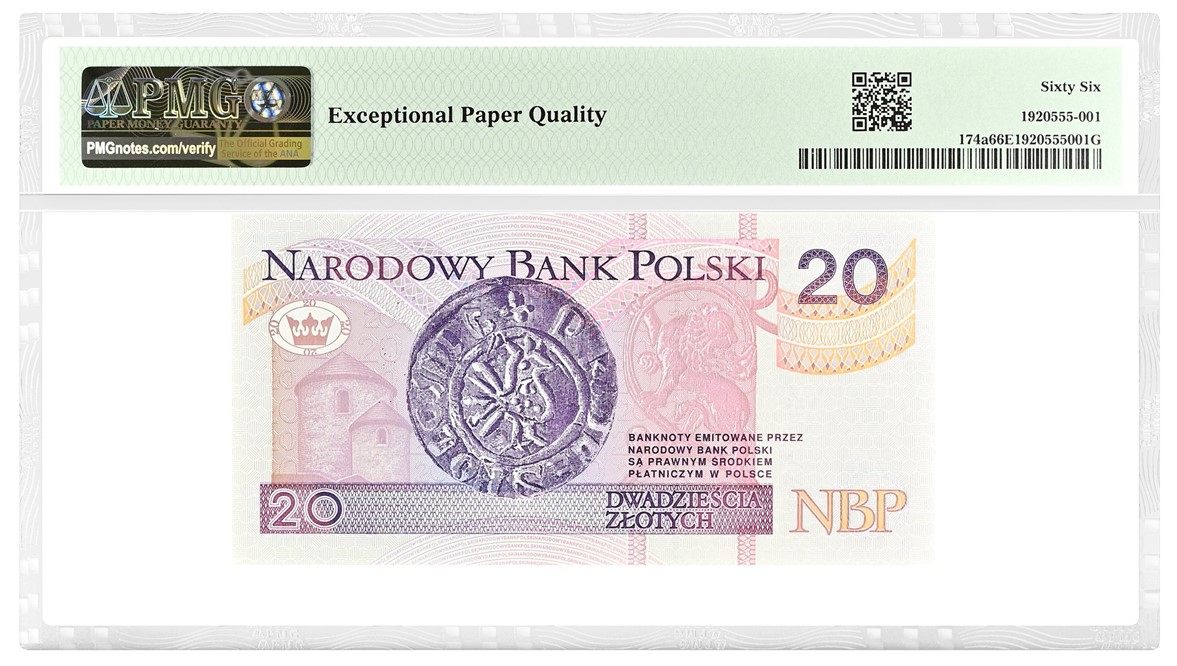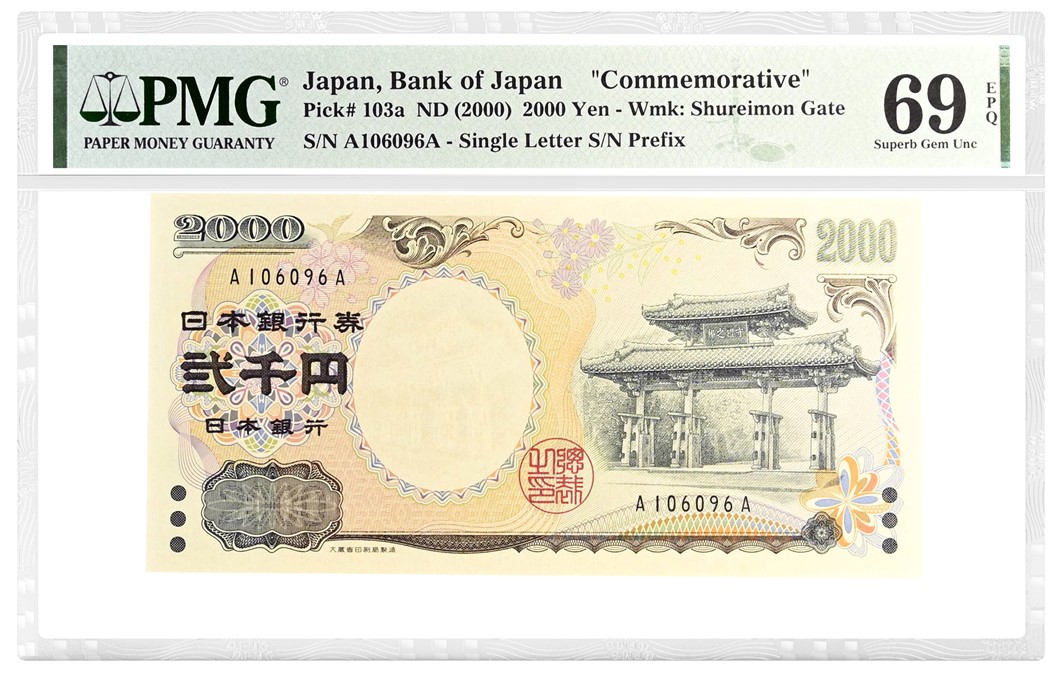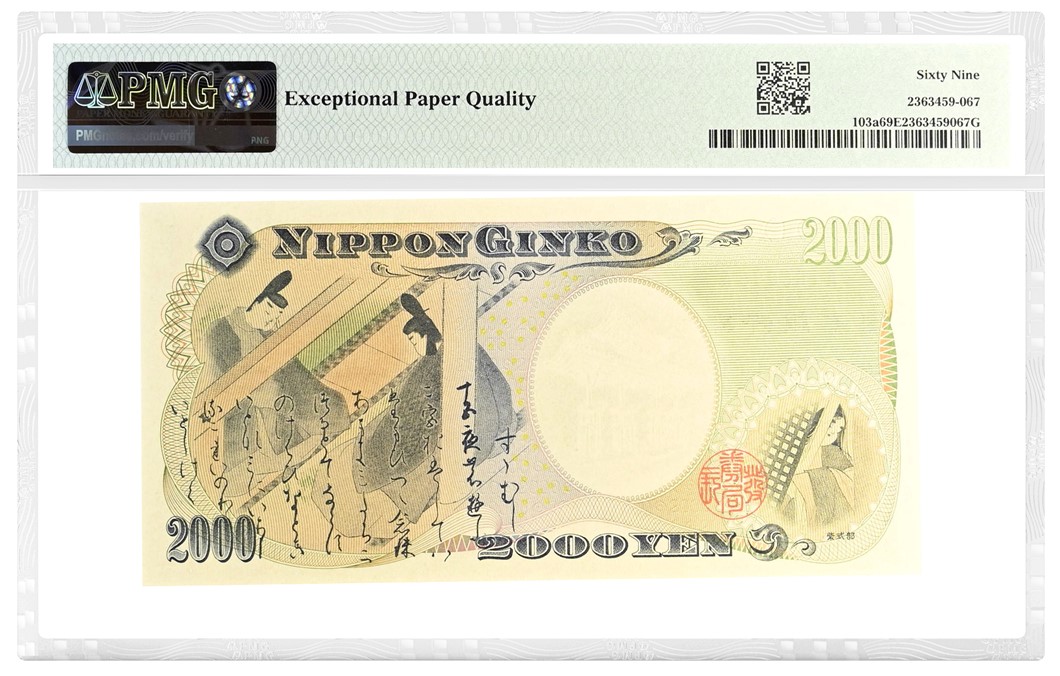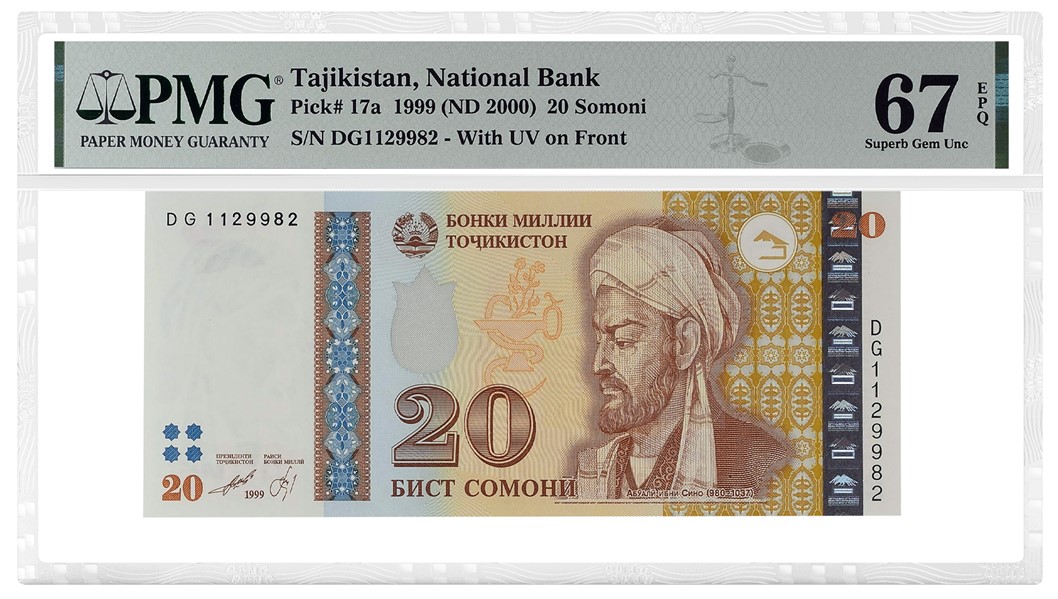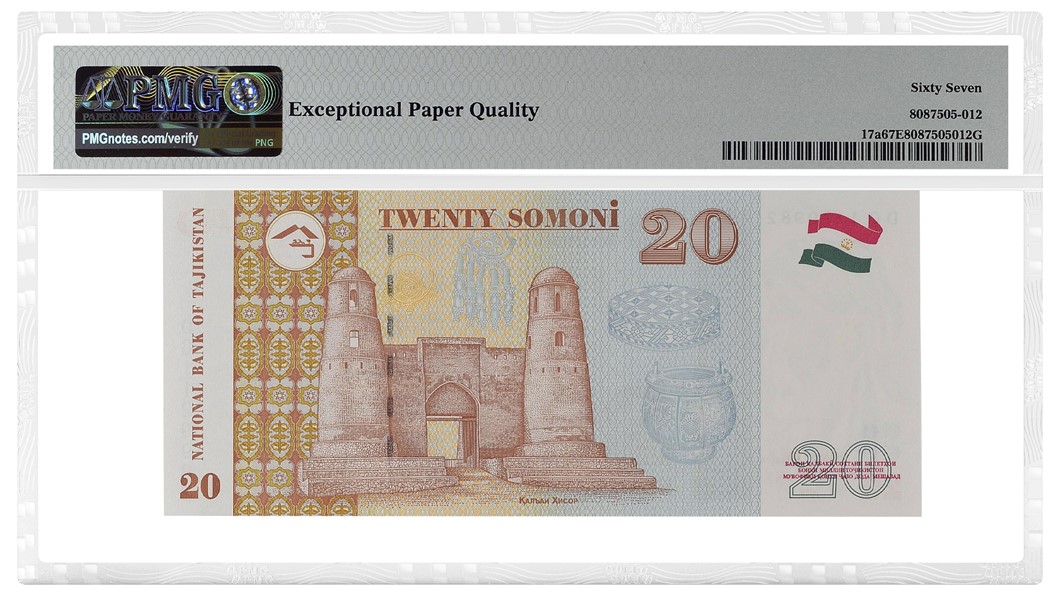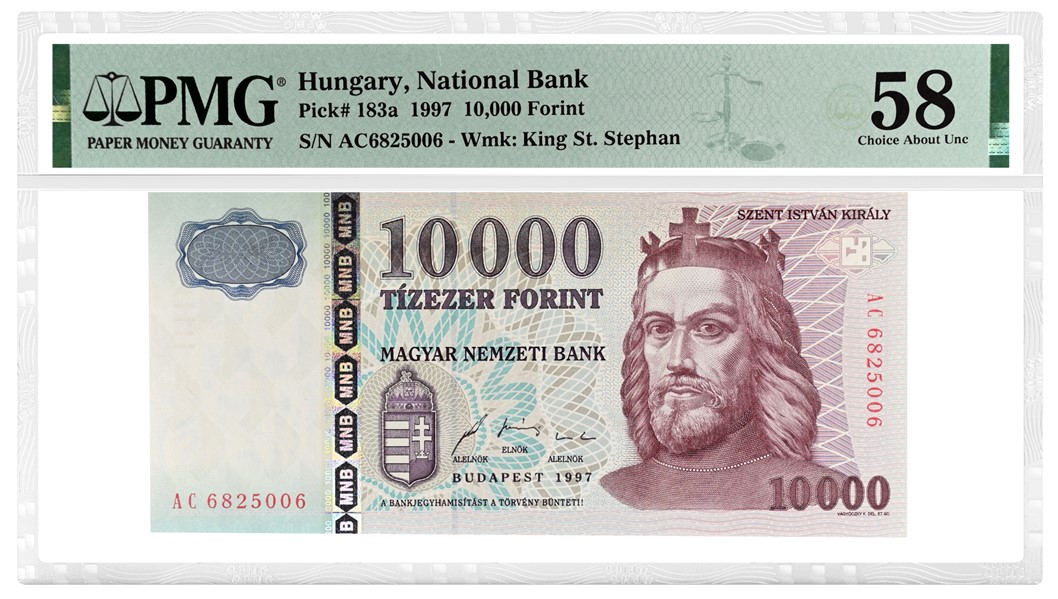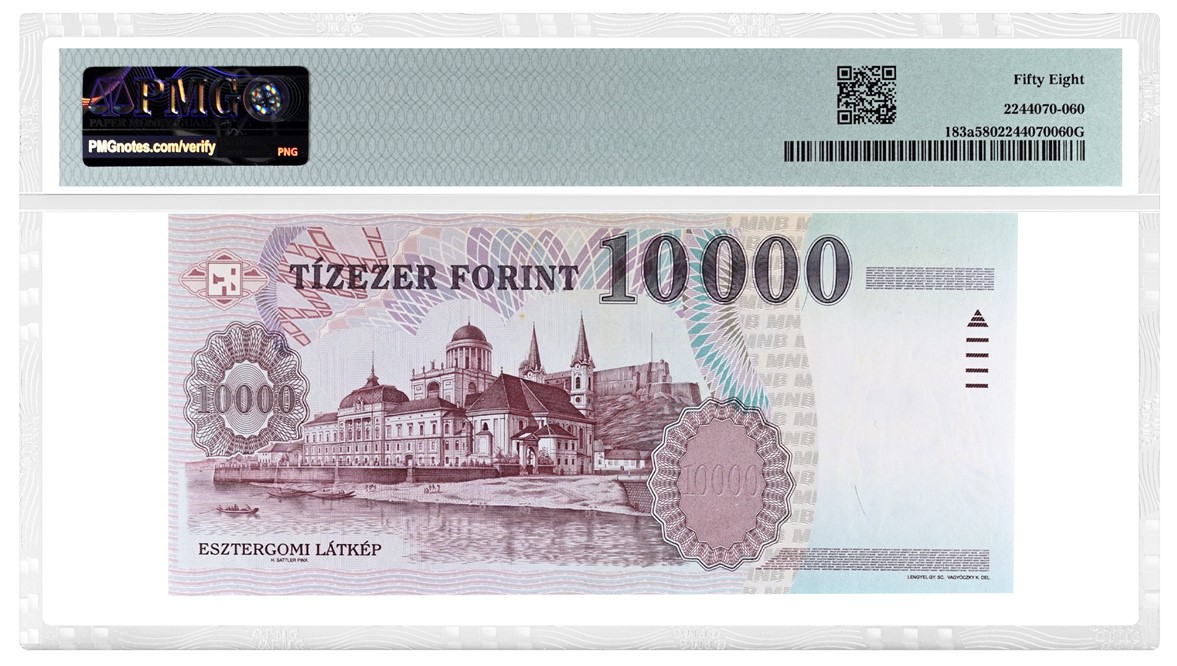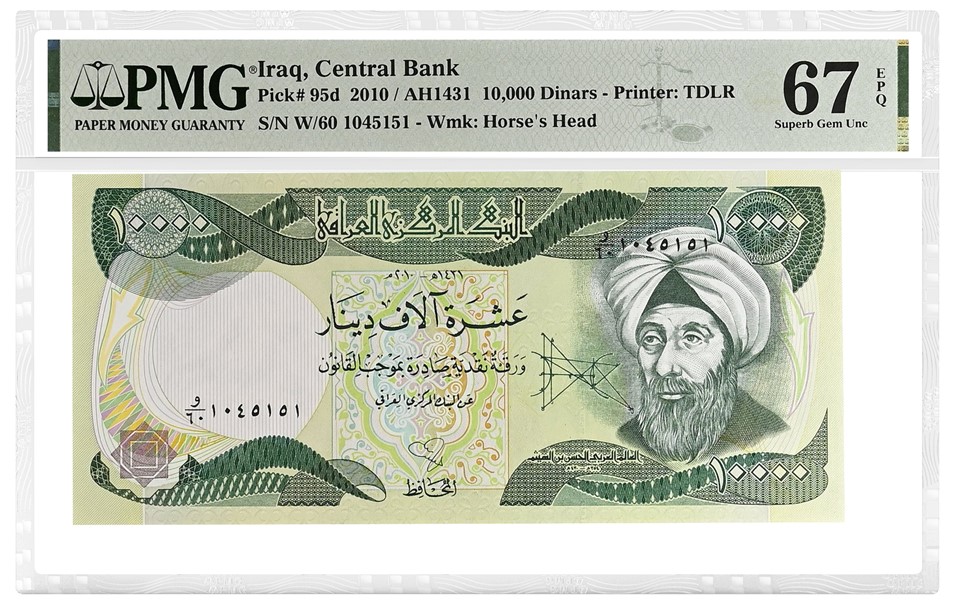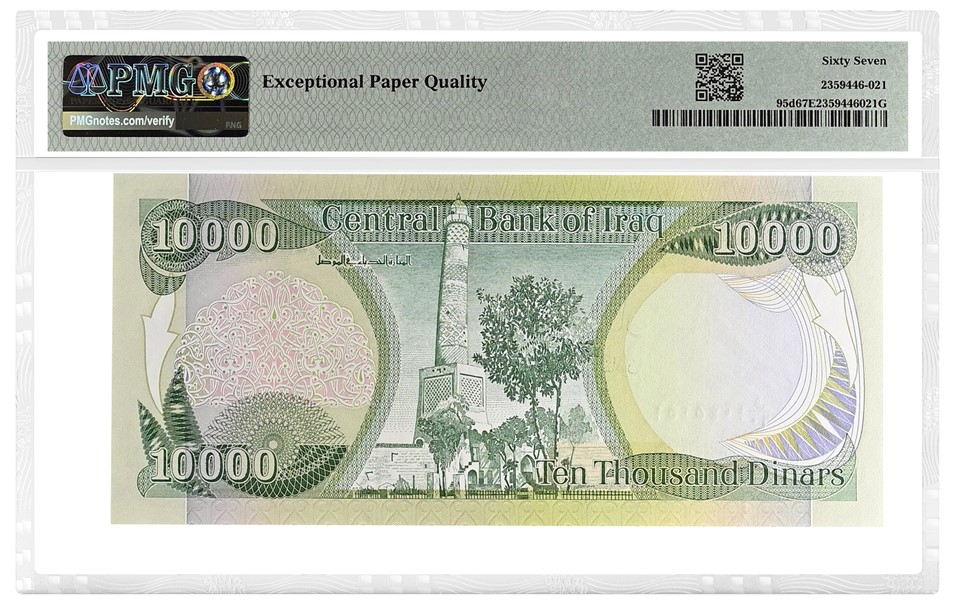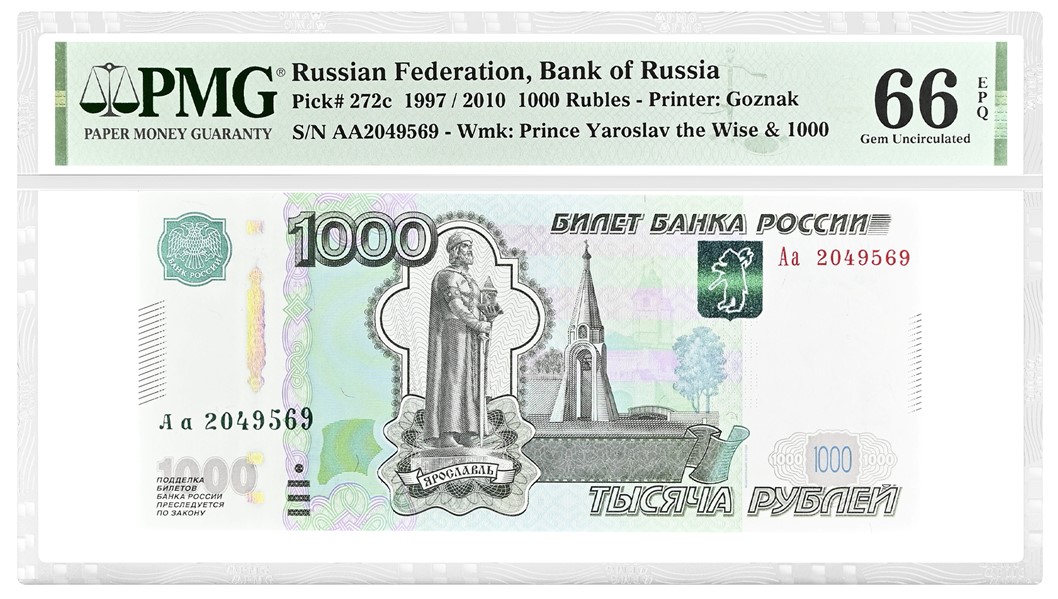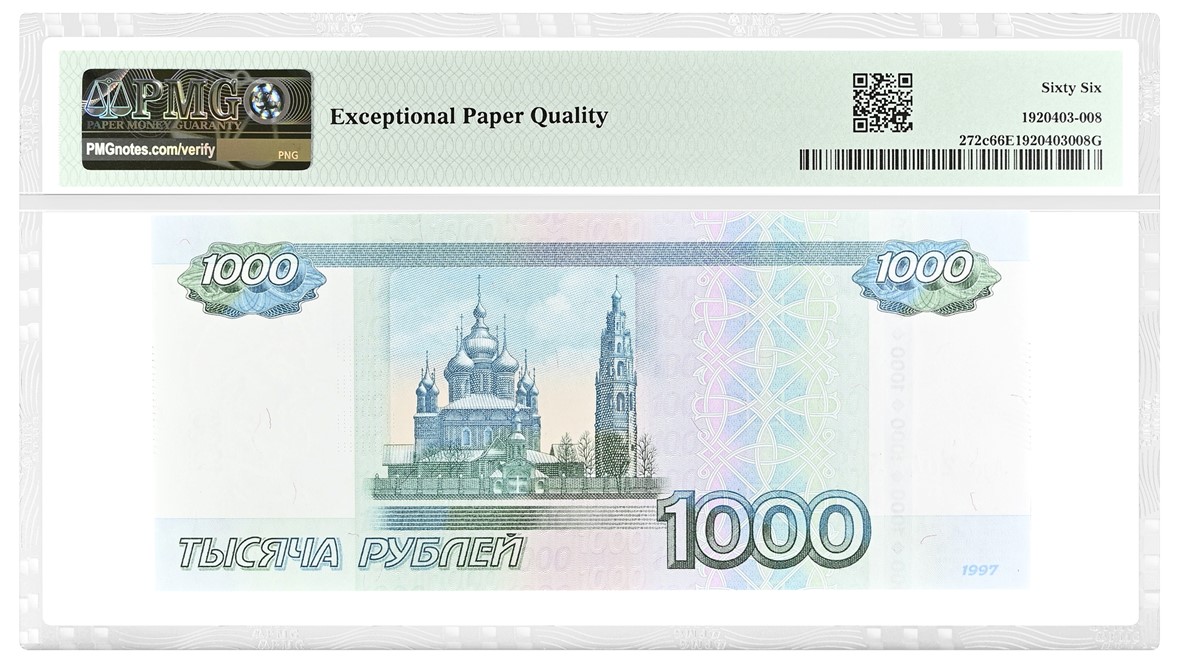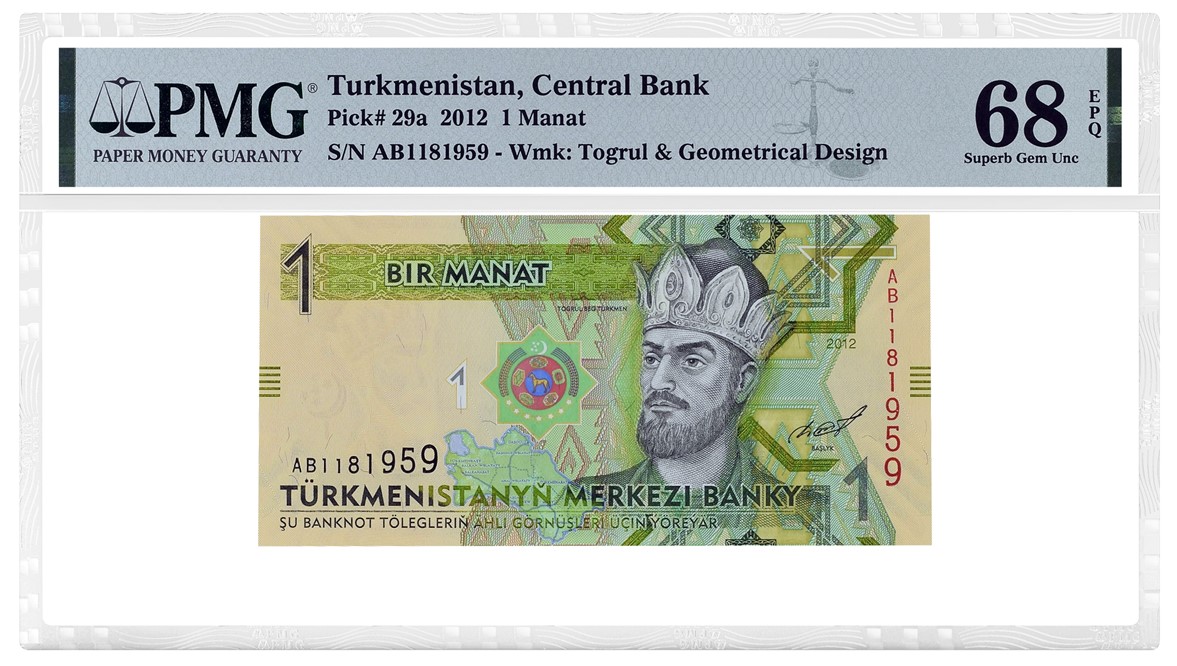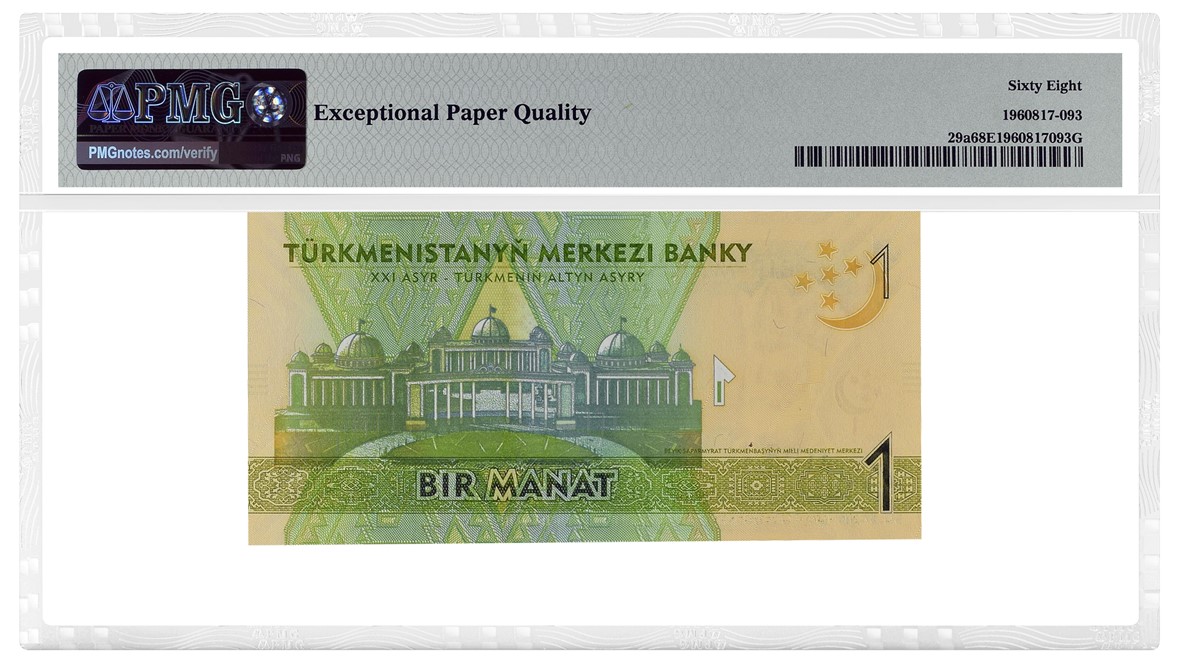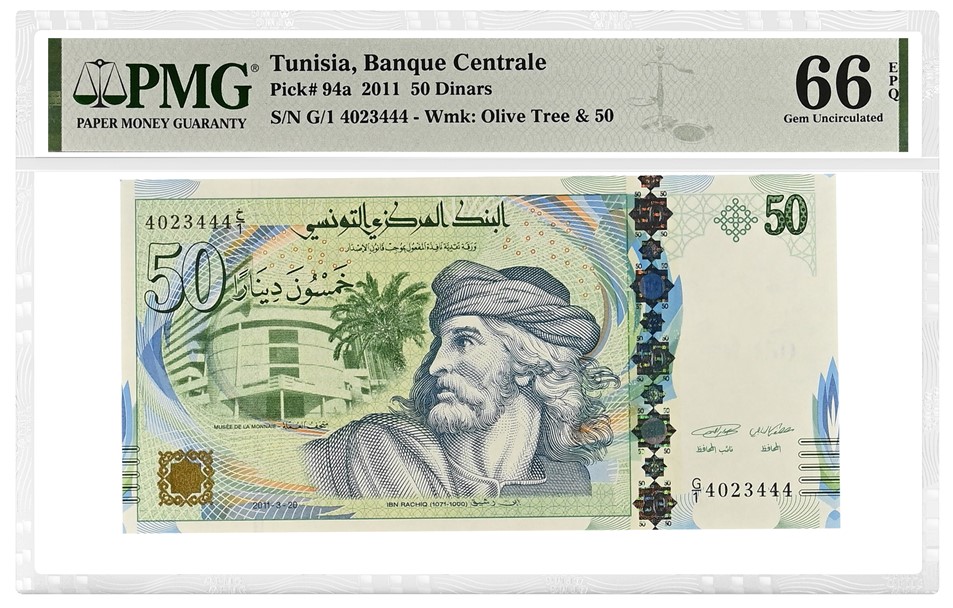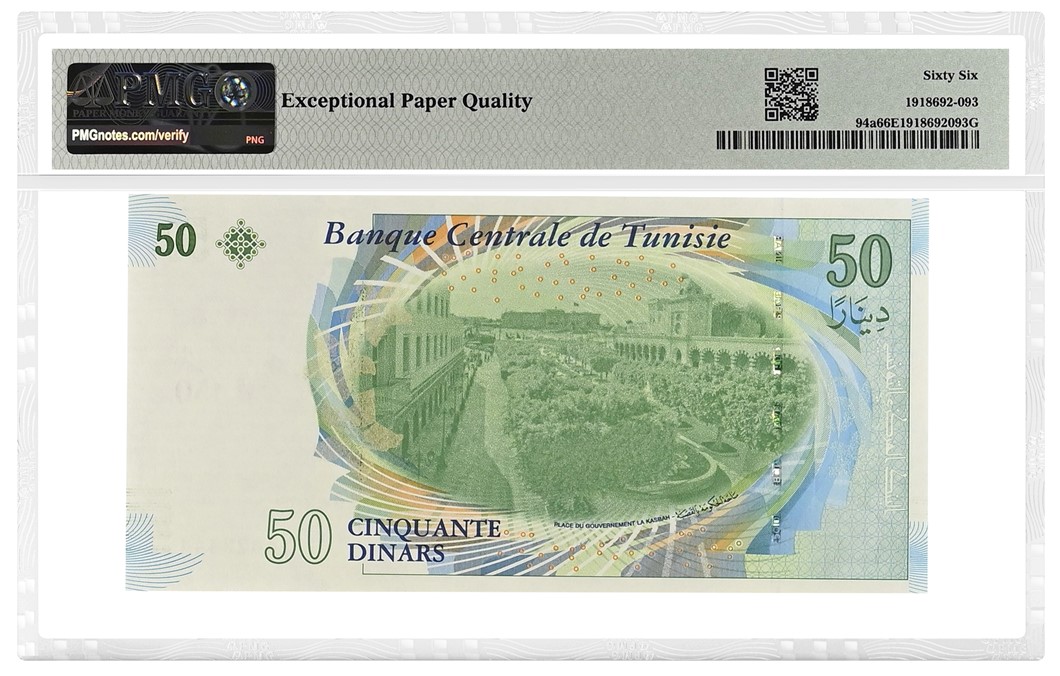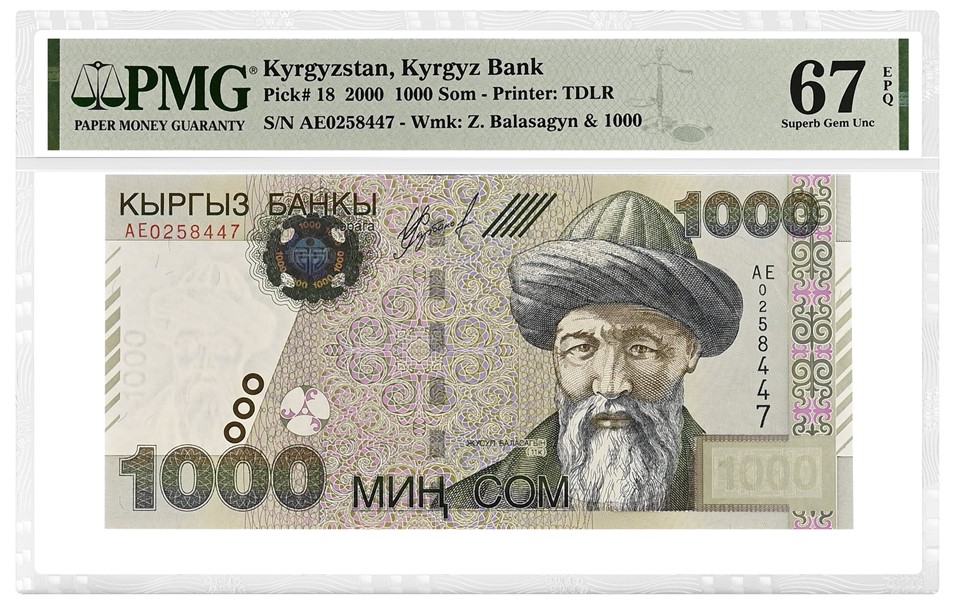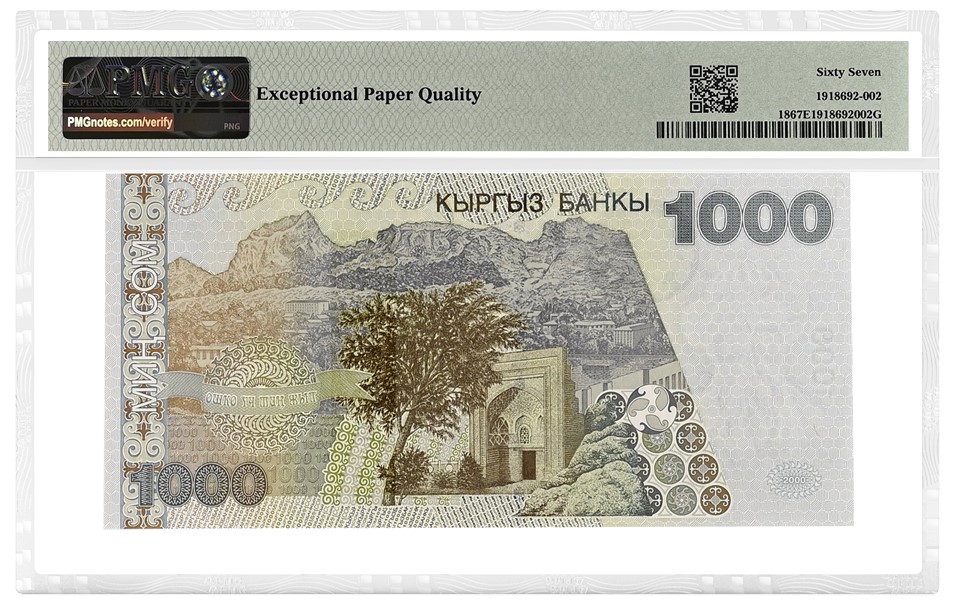Collection Inspiration: 11th Century Notables
Posted on 6/24/2025
The 11th century wasn’t just castles and crusades; it was a turning point in science, literature and cultural identity across continents. Some of its most influential figures are still honored today in modern currency. These centuries-old icons have found a second life on banknotes, their legacies quite literally carried in pockets around the world.
From a Japanese novelist to a scientist in Baghdad, these figures left their mark well beyond their lifetimes. While the full list spans monarchs, poets and polymaths, each banknote tells a story of cultural pride and enduring influence. Let’s take a look at some of the most fascinating 11th-century figures still circulating today.
Ten banknotes featuring notable 11th century people
Ukraine 2006 1 Hryvnia: Vladimir I (958-1015)
Vladimir I, also known as Vladimir the Great, ruled the Kievan Rus during a crucial time of state formation and religious transformation. Initially a pagan prince, Vladimir famously converted to Christianity and initiated the Christianization of Kievan Rus in 988, aligning his people with the Eastern Orthodox Church. His decision had a lasting impact on the spiritual, political and cultural identity of Eastern Europe. He is remembered as a unifier and a saint in several Christian traditions.
Poland 1995 20 Zylotch: Boleslaw I (circa 966-1025)
Boleslaw I the Brave was the first crowned king of Poland shortly before his death exactly one millennium ago in June 1025. He expanded Polish territories, reinforced the power of the monarchy and solidified Poland's position in European politics. Boleslaw was also a key figure in establishing the Polish church hierarchy and strengthening ties with the Holy Roman Empire. His reign helped lay the foundation for a centralized Polish state.
Japan ND (2000) ¥2,000: Murasaki Shikibu (973 or 978-1014 or 1031)
Murasaki Shikibu was a court lady and literary pioneer best known for writing The Tale of Genji, widely considered the world’s first novel. Written during Japan’s Heian period, the work offers an intimate, poetic portrayal of court life, love and human emotion. Her insight into aristocratic society and masterful command of language made her one of Japan’s most revered writers.
Tajikistan 1999 (ND 2000) 20 Somoni: Avicenna (Ibn Sīnā) (c. 980-1037)
Avicenna was a Persian polymath whose writings shaped the fields of medicine, philosophy and science for centuries. His most famous work, The Canon of Medicine, was a cornerstone of medical education in the Islamic world and Europe for more than 500 years. Beyond medicine, he made enduring contributions to logic, astronomy and metaphysics. He is revered as one of the greatest minds of the Islamic Golden Age.
Hungary 1997 10,000 Forint: Stephen I (c. 975-1038)
Stephen I was the first king of Hungary and the architect of its conversion to Christianity. Crowned in 1000 or 1001 with the blessing of the Pope, Stephen organized Hungary into a Christian kingdom with dioceses and a system of laws rooted in Western tradition. He promoted stability through both diplomacy and military might, transforming a tribal society into a medieval state. Today, he is venerated as a saint and considered the spiritual founder of Hungary.
Iraq 2010 / AH 1431 10,000 Dinars: Hasan Ibn al-Haytham (Alhazen) (c. 965-c. 1040)
Hasan Ibn al-Haytham, known in the West as Alhazen, was a pioneering physicist, mathematician and astronomer of the Islamic Golden Age. He made groundbreaking contributions to the study of optics, proposing theories about vision, reflection and refraction that predated modern science by centuries. His Book of Optics laid the foundation for experimental science and influenced European thinkers like Roger Bacon and Kepler.
Russia 1997 / 2010 1,000 Rubles: Yaroslav I (978-1054)
Yaroslav the Wise was a grand prince of Kiev who brought stability, legal reform and cultural flourishing to Kievan Rus. His rule is often considered a golden age, marked by the codification of law, the promotion of learning, and the establishment of diplomatic ties across Europe. He also oversaw the construction of churches, including Saint Sophia Cathedral in Kiev.
Turkmenistan 2012 1 Manat: Tughril (990-1063)
Abu Talib Muhammad Tughril ibn Mika'il was the founder of the Seljuk Empire and a central figure in uniting the Islamic world during a time of political fragmentation. A skilled military leader and strategist, he extended his empire from Central Asia to the Middle East and was granted the title of Sultan by the Abbasid Caliph in Baghdad. His leadership laid the groundwork for the Seljuk Renaissance, a period of cultural and scientific achievement.
Tunisia 2011 50 Dinars: Ibn Rachiq (c. 1000-1064)
Ibn Rachiq was a poet, literary critic and scholar from Kairouan, Tunisia. He authored several important works on Arabic rhetoric and poetics, the most famous being Al-‘Umda, a foundational text on Arabic literary criticism. His writing reflected the intellectual vibrancy of the western Islamic world in the 11th century, blending poetic beauty with scholarly depth.
Kyrgyzstan 2000 1,000 Som: Yusuf Khass Hajib / Jusup Balasağın (?-1085)
Yusuf Khass Hajib was a scholar and court advisor in the Kara-Khanid Khanate, best known for his didactic poem Kutadgu Bilig. Written in Turkic, it offered guidance on governance, ethics and leadership, blending Islamic values with Turkic traditions. His work is one of the earliest-known examples of Turkic literature and reflects the political and cultural maturation of Central Asian societies.
If these notes inspired you, check out our other Collection Inspiration columns for more collecting ideas, including Nobel Prize laureates, composers and explorers. Also, be sure to follow PMG on Facebook, Instagram and Twitter for articles and interesting notes posted daily.
Stay Informed
Want news like this delivered to your inbox once a month? Subscribe to the free PMG eNewsletter today!
There is never any charge to contact us. To reach a customer service representative, call, text or WhatsApp (+1) 855-472-3310 or use this form.
